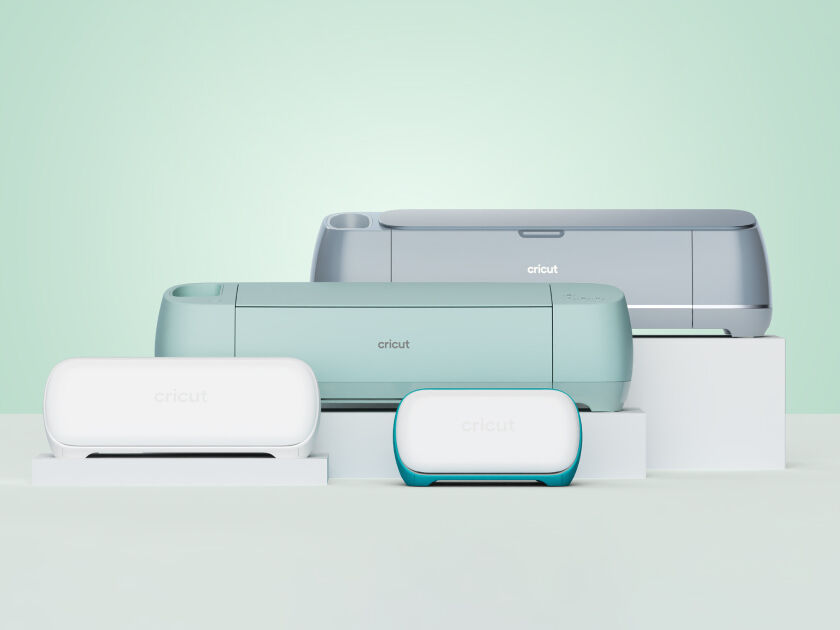Having a Cricut machine opens a world of possibilities. You can make anything from stickers, to vinyl signs. However, where do you begin?
If you’re passionate about crafting and own a Cricut machine, you might be considering turning your hobby into a business. Choosing a niche for your Cricut projects is a crucial first step. A well-defined niche helps you target the right audience and stand out in a crowded market. Here’s a simple guide to help you choose the perfect Cricut niche.
1. Identify your interests and skills
Passion: Start by considering what you love to create. Do you enjoy making custom t-shirts, intricate paper crafts, personalised home decor, or unique accessories? Your passion will keep you motivated, and will prevent you from giving up.
Skills: Assess your skills. What are you particularly good at? If you excel at creating detailed designs or have a knack for choosing the right colour combinations, let that guide your niche. Don’t try to take on too many things at the start. Find your skill.
2. Research the market
Trends: Look at current trends in the crafting world. Platforms like Pinterest, Etsy, and Instagram are great places to see what’s popular. Trendy items can attract more customers.
Demand: Identify what’s in demand. Are people looking for personalised gifts, wedding decorations, or seasonal items? High demand often means better sales potential.
Competition: Check out what other crafters are offering. Identify gaps in the market where you can introduce something unique or offer better quality or customisation.
3. Define your target audience
Who are they? Think about who would buy your products. Are they young adults, parents, teachers, brides-to-be, or pet owners? Understanding your audience helps tailor your products to their preferences.
Needs and preferences: Consider what your target audience needs and prefers. For example, busy parents might appreciate quick, easy-to-use products, while brides might look for elegant, customised wedding decor.
4. Explore different niches
Here are a few popular Cricut niches to consider:
- Personalised apparel: Custom t-shirts, hoodies, baby clothes, and accessories.
- Home decor: Wall art, vinyl decals, custom pillows, and seasonal decorations.
- Party supplies: Custom banners, cake toppers, party favours, and invitations.
- Wedding items: Personalised wedding decor, favours, signs, and gifts.
- Gifts: Customised mugs, phone cases, jewellery, and keychains.
- Educational tools: Classroom decorations, educational charts, and labels for teachers.
- Business branding: Custom logos, signs, and promotional materials for small businesses.
5. Test your ideas
Prototype: Create a few samples of your product ideas. This helps you refine your designs and gauge interest.
Feedback: Share your prototypes with friends, family, and online crafting communities. Gather feedback to see what people like and what could be improved.
Market testing: Try selling a small batch of products on platforms like Etsy or at local craft fairs. This will give you real-world insights into what sells and what doesn’t.
6. Evaluate profitability
Cost of materials: Calculate the cost of materials and tools needed for your projects. Ensure you can source these affordably and consistently.
Pricing: Determine how much you can reasonably charge for your products. Consider the time it takes to make each item, as well as the market rates.
Profit margin: Ensure your pricing allows for a healthy profit margin after covering all costs. A sustainable business needs to be profitable.
7. Refine and focus
Narrow down: Based on your research and testing, narrow down your niche to something specific yet broad enough to offer variety. For example, if you love making personalised gifts, you could focus on custom mugs and t-shirts.
Branding: Develop a brand around your chosen niche. This includes a unique name, logo, and a consistent style for your products and marketing materials.
Consistency: Stay consistent in your offerings. Customers should know what to expect when they come to your shop.
Choosing a Cricut niche is about combining your passion with market demand. By identifying what you love to create, researching the market, understanding your audience, testing your ideas, and ensuring profitability, you can find a niche that not only brings you joy but also attracts customers. Stay adaptable and be ready to refine your niche as you learn and grow in your crafting business. Happy crafting!







